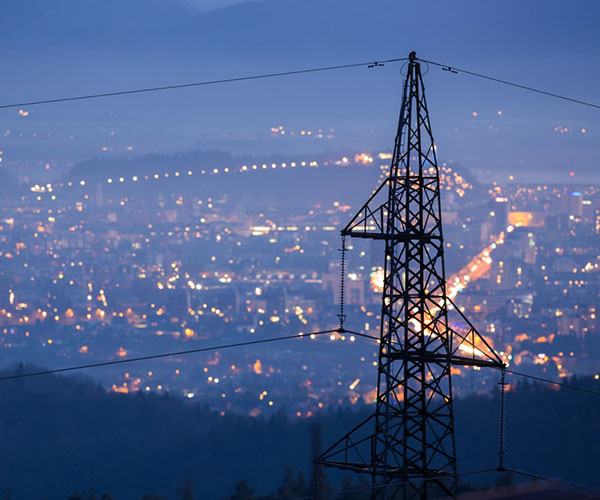In its most recent annual energy forecast, the Canada Energy Regulator unveiled a significant amendment, shifting its focus towards what Canada and its international trade allies are striving for: a net-zero carbon emissions status by the year 2050.
This marks the first occasion such a perspective has been incorporated into their outlook.
In framing this potential future, the regulator has chosen to rely on the key presumptions laid out by the International Energy Agency.
This includes the anticipated pricing of oil and gas in a world that successfully attains a net-zero emissions target within the stipulated time frame.
Evan Pivnick, from Clean Energy Canada, interprets this to signify that Canada is now better positioned to engage in a more profound and informed dialogue about the forthcoming opportunities and obstacles. This also indicates the need for strategizing on how best to prepare for them.
The Canada Energy Regulator’s decision to incorporate this scenario into their projections is an acknowledgement of the global shift towards sustainable energy sources and the growing consensus around the urgency to combat climate change.
This move is consistent with an increasing number of countries, businesses, and institutions worldwide that are committing to achieve net-zero emissions by 2050, in line with the Paris Agreement’s goal to limit global warming to well below 2 degrees Celsius.
This analysis underlines the growing realization of the significance of transitioning towards a low-carbon economy. It also highlights the importance of equipping ourselves with the necessary data and insights to navigate the complexities of this transition.
The incorporation of a net-zero emissions scenario in Canada Energy Regulator‘s annual outlook is not just a reflection of the changing energy landscape, but also a strong statement of intent.
This latest energy outlook can be seen as a critical turning point in energy policy, underscoring the urgency of the transition towards a net-zero emissions future by 2050.
However, this shift also raises a crucial question: is this a genuine, effective pivot or merely a tokenistic attempt to align with global sustainability goals?
The answer lies not merely in the creation of these ambitious projections, but in the concrete steps taken to realize them. The real test will be in translating this outlook into actionable strategies and policies, and in the willingness to tackle the inevitable challenges that will arise.
The future is not only about achieving net-zero emissions, but also about ensuring an equitable, inclusive, and sustainable transition for all.














Comments